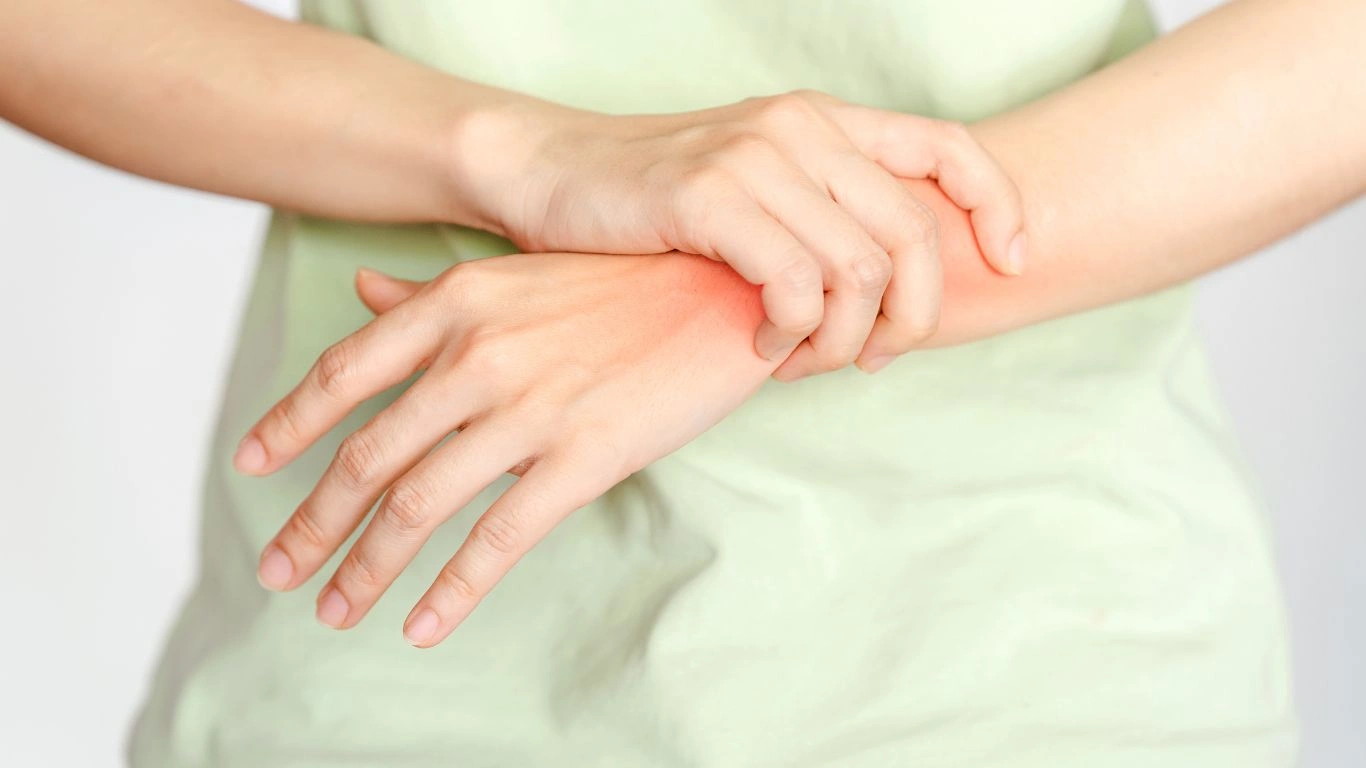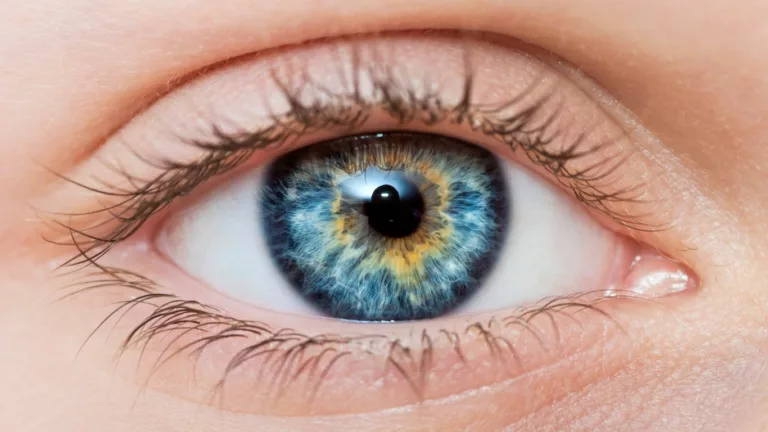Rheumatoid Arthritis and Blood Circulation: How to Improve Your Blood Flow 💪🩸
Rheumatoid Arthritis and Blood Circulation: What You Need to Know 🩸💪
Hey there! If you’ve been dealing with rheumatoid arthritis (RA), you probably know that it’s not just about achy joints and swelling. RA has a sneaky way of affecting other parts of your body too, including your blood circulation. And if you’re wondering what the connection is, trust me, you’re not alone. Let’s dive into how RA impacts your circulation and what you can do about it.
So, What Exactly is Rheumatoid Arthritis? 🤔
You’ve probably heard about RA before, but here’s a quick refresher. It’s an autoimmune disease where your body gets confused and starts attacking its own joints. This leads to pain, stiffness, and swelling. It’s different from osteoarthritis, which is more about wear and tear on the joints. RA is all about inflammation, and unfortunately, that inflammation can spread beyond just your joints.
But here’s the kicker: RA can mess with your blood vessels, which can lead to problems with your circulation. Yeah, your blood flow might be affected too, and that’s not something a lot of people realize.

How RA Affects Blood Circulation (It’s More Than Just Joint Pain) 🩸
Okay, so let’s break this down. RA doesn’t just stop at your joints. That inflammation that’s causing all that pain? It can also mess with your blood vessels. Here’s how:
Inflammation and Blood Vessel Damage
When your immune system is on high alert, releasing inflammatory molecules, it doesn’t just target your joints. These molecules can also attack the blood vessels, making them inflamed. And when your blood vessels get inflamed, they don’t work as well. It’s like trying to drink through a straw that’s half-clogged. Blood flow becomes restricted, and that can lead to all sorts of issues, especially in your hands and feet.
Peripheral Artery Disease (PAD)
Here’s something not everyone talks about: people with RA are at a higher risk of developing peripheral artery disease (PAD). PAD is when the arteries in your legs get blocked or narrowed, which can really mess with circulation. Think about it: if your legs aren’t getting enough blood, you might feel pain or numbness. In serious cases, PAD can lead to ulcers or even tissue death. It sounds pretty scary, but the good news is, it can be managed with the right treatment.
Raynaud’s Phenomenon (Yep, It’s a Thing) ❄️
If you’ve ever had cold fingers or toes that turned white or blue, you might’ve experienced Raynaud’s phenomenon. It’s more common in people with RA, and it happens when your blood vessels tighten up, usually in response to cold or stress. It’s kind of like your blood vessels go into “protection mode” and slow down circulation to your extremities. Not fun, right?
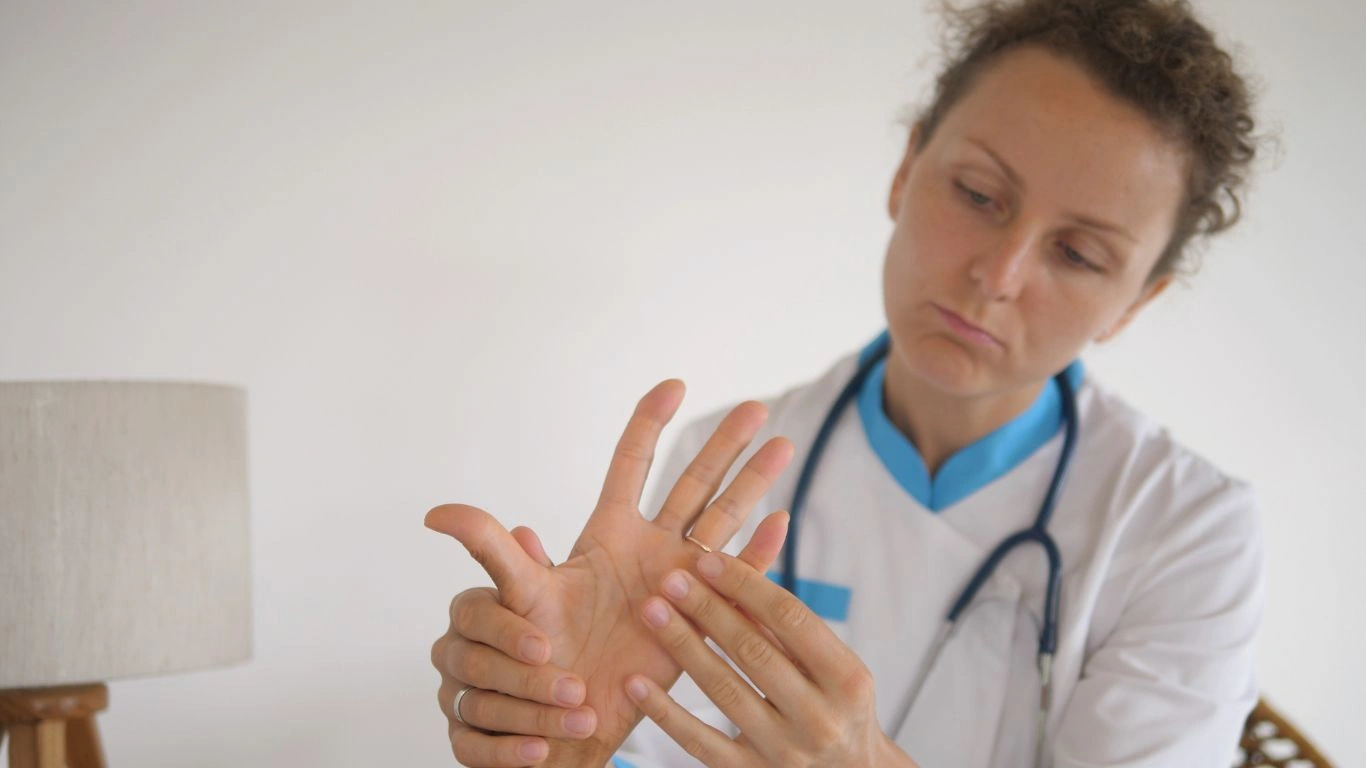
How Can You Improve Blood Circulation With RA? Let’s Talk Solutions 🙌
Now that we’ve talked about how RA can mess with your circulation, let’s chat about what you can actually do about it. I get it—living with RA is tough enough without worrying about circulation problems, but there are a few things you can try to keep your blood flowing:
1. Get Moving (Yes, Exercise Helps!) 🏃♀️
I know, I know, when your joints hurt, the last thing you feel like doing is exercising. But trust me, low-impact exercise can do wonders for your circulation. Walking, swimming, or even yoga can keep things moving without putting too much strain on your joints. I’ve found that even just a short walk around the block can make a big difference in how I feel.
2. Eat to Fuel Your Body 🍏
What you put into your body matters. Eating anti-inflammatory foods can help reduce RA symptoms and improve circulation. I’m talking about things like fatty fish (think salmon), leafy greens, nuts, and berries. I swear by incorporating these into my meals. They’re not only tasty but also help keep inflammation in check.
3. Take the Right Meds 💊
I’m not a doctor, but I’ve learned that the right medications can make a huge difference. Anti-inflammatory meds, like NSAIDs, are pretty common for people with RA, and they can help reduce both pain and inflammation. And don’t forget about supplements like omega-3s or turmeric—they’ve been known to help with inflammation and circulation.
4. Chill Out (Seriously, Stress Isn’t Helping) 😌
I’ve been there—stress makes everything worse. RA flare-ups, pain, and yeah, poor circulation. Taking time for self-care isn’t just a luxury—it’s a necessity. Meditation, deep breathing, or just taking a break to relax can make a world of difference in managing both your RA and circulation issues.
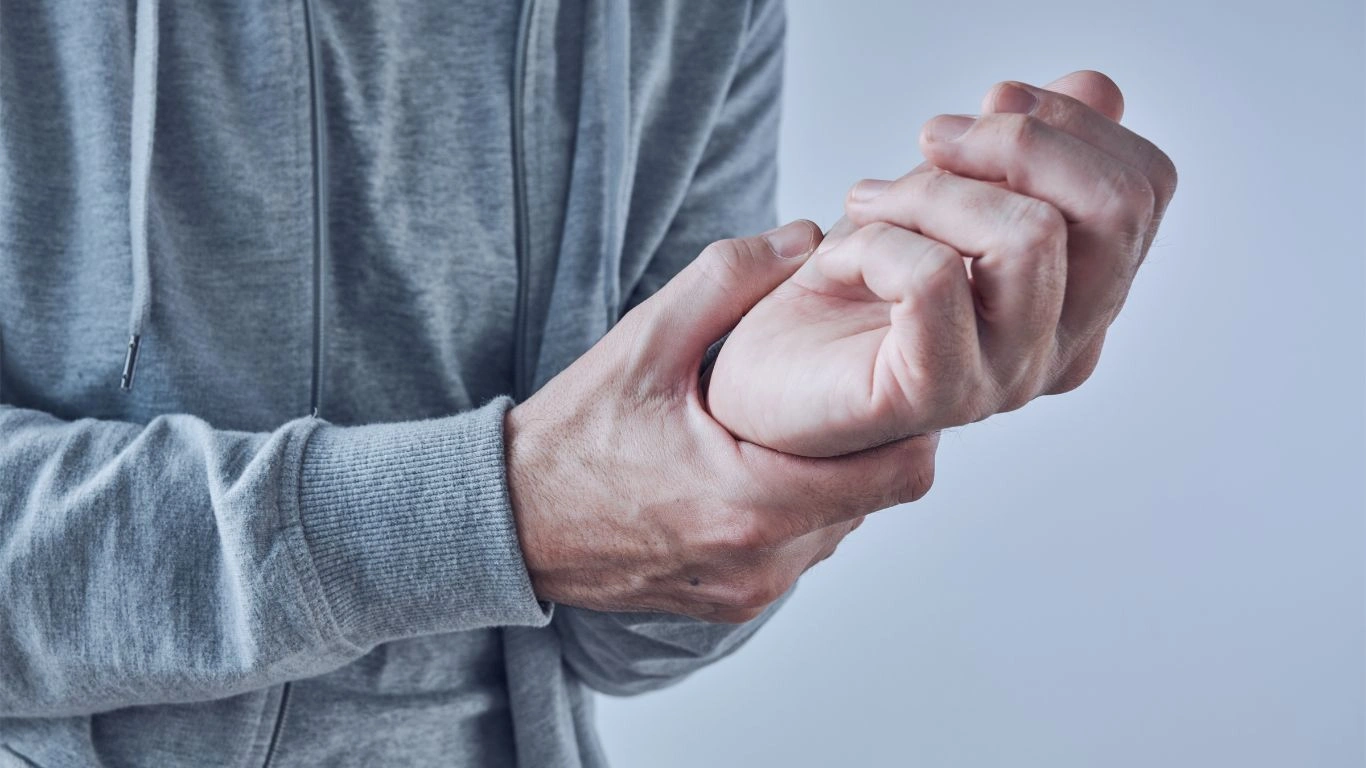
Troubleshooting Some Common RA & Circulation Problems ⚠️
Dealing with RA and circulation issues can be tricky, so let’s talk about some problems you might encounter and how to troubleshoot them:
Swollen Feet and Legs
If your legs or feet are swollen, it could be a sign of poor circulation. I know it’s not fun, but elevating your legs and wearing compression socks might help. If the swelling doesn’t go away, definitely talk to your doctor.
Cold Hands and Feet
When it’s cold out, or even when you’re stressed, your fingers and toes might get cold, numb, or change color. This could be Raynaud’s phenomenon. Keeping your hands and feet warm with gloves, socks, or even hand warmers can help. And if it keeps happening, be sure to bring it up with your healthcare provider.
Pain During Exercise
Exercise can be tough when your joints are inflamed. But don’t give up! There are plenty of low-impact exercises that can keep you moving without causing more pain. A physical therapist can also help you find exercises that won’t hurt.
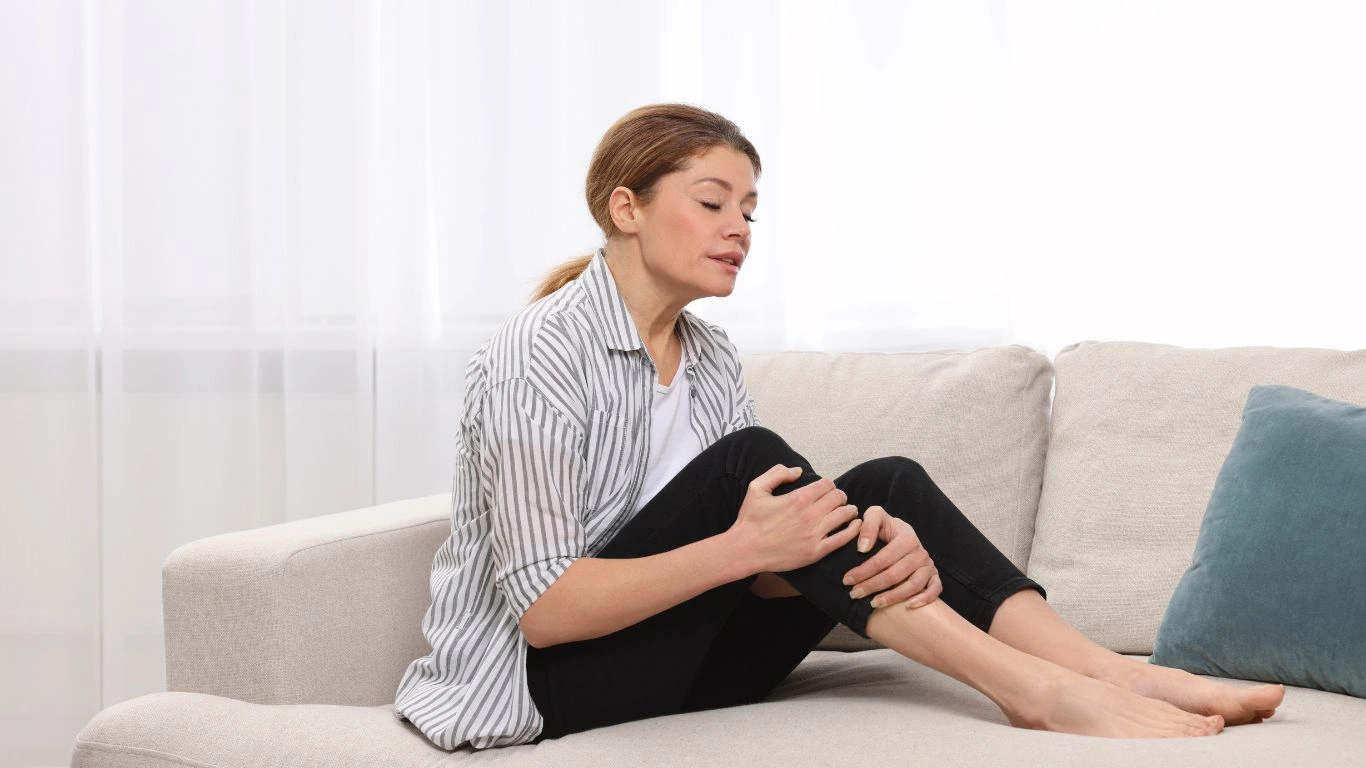
Real-Life Stories: How People Are Improving Circulation With RA 💬
I’ve talked to people who’ve been living with RA for years, and many of them have found ways to improve their blood circulation. Here are a couple of stories that really stood out to me:
Sarah’s Story: Yoga and Diet Make a Difference
Sarah was diagnosed with RA a few years ago and struggled with swollen joints and poor circulation. After starting yoga and focusing on anti-inflammatory foods, she noticed a huge difference. Her circulation improved, and she felt less stiff and more energetic.
Mark’s Success with Exercise
Mark, who’s in his 60s, had trouble with circulation in his legs, which made walking painful. But after working with a physical therapist and incorporating regular low-impact exercises, his blood flow improved, and his pain decreased. He’s now able to walk without feeling like his legs are about to give out.
Key Takeaways: What You Should Remember 📝
- RA can affect your circulation, making blood flow a little trickier, especially in your hands and feet.
- Regular exercise, a healthy diet, and stress management are key to improving circulation.
- Medications can help manage inflammation and improve blood flow, so don’t skip your treatments.
- If you’re having circulation issues, talk to your doctor about solutions.
FAQ Time! 🤔
1. Can RA cause poor circulation?
Yes, the inflammation caused by RA can affect your blood vessels, leading to circulation problems.
2. What can I do to improve circulation?
Exercise, a healthy diet, and managing stress can all help improve circulation. And of course, medications can help reduce inflammation.
3. What’s Raynaud’s phenomenon?
It’s a condition where blood vessels in your fingers and toes constrict in response to cold or stress, causing color changes and numbness.
Call to Action: Take Charge of Your Health Today! 💪
If you’re dealing with RA and circulation problems, don’t just sit back and let it control you. Take small steps each day—whether it’s exercising a little more, eating better, or reducing stress. And don’t forget to chat with your doctor about what’s best for you. You’ve got this!
